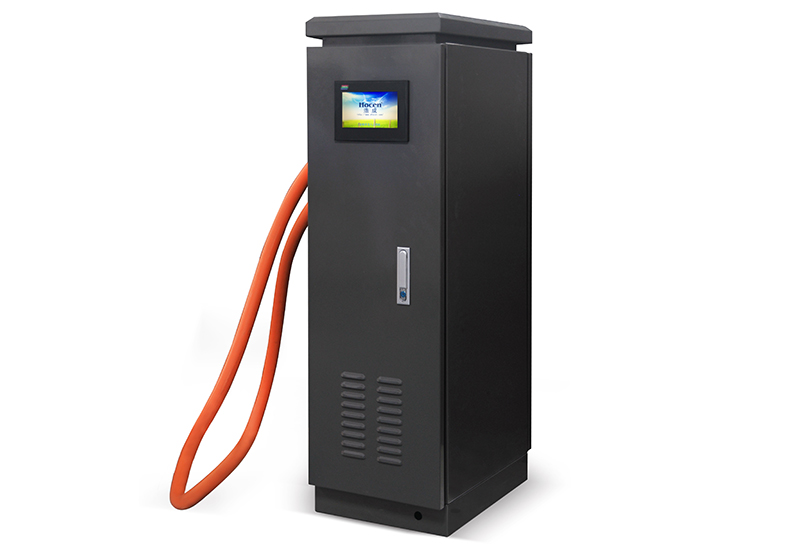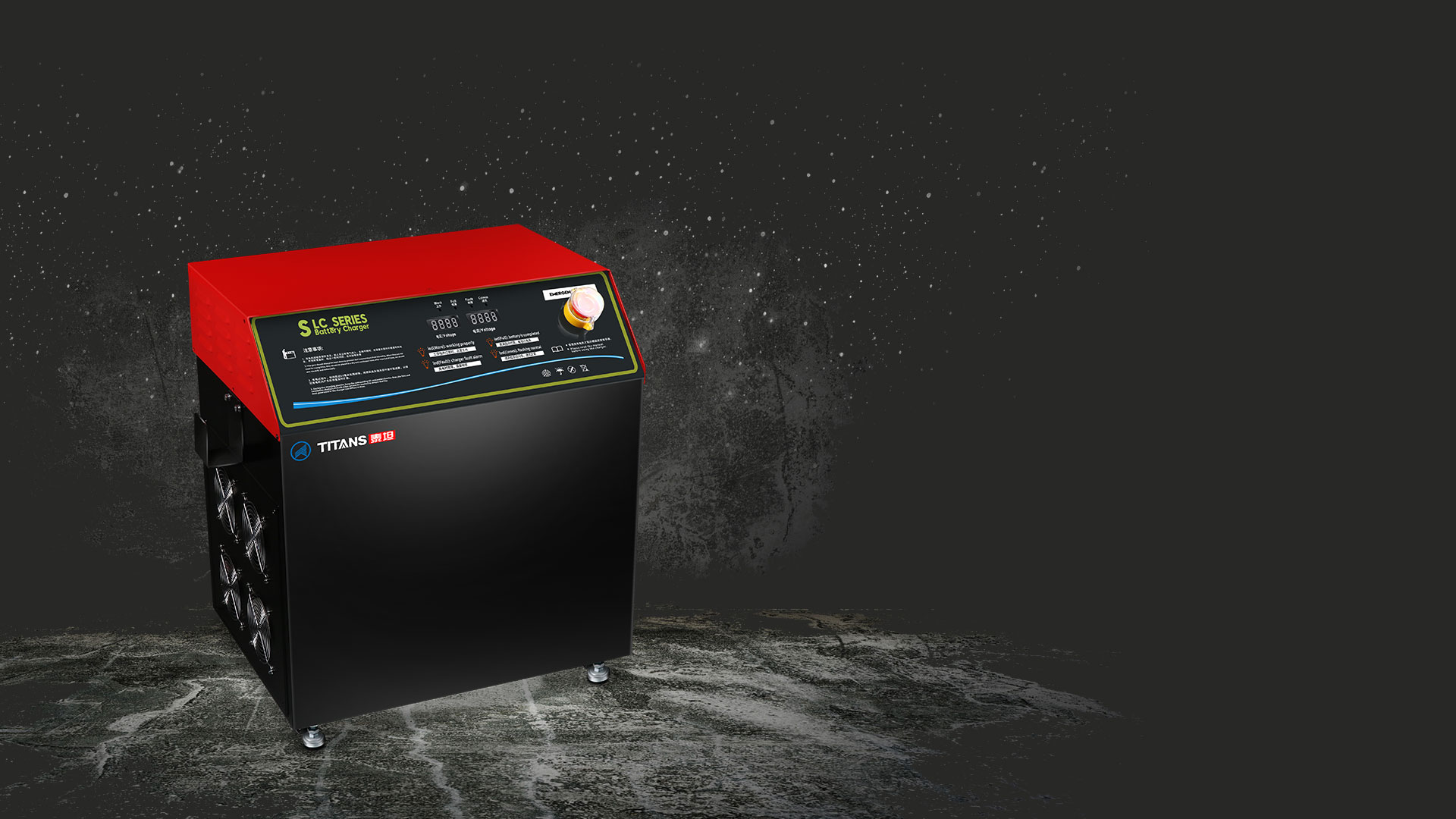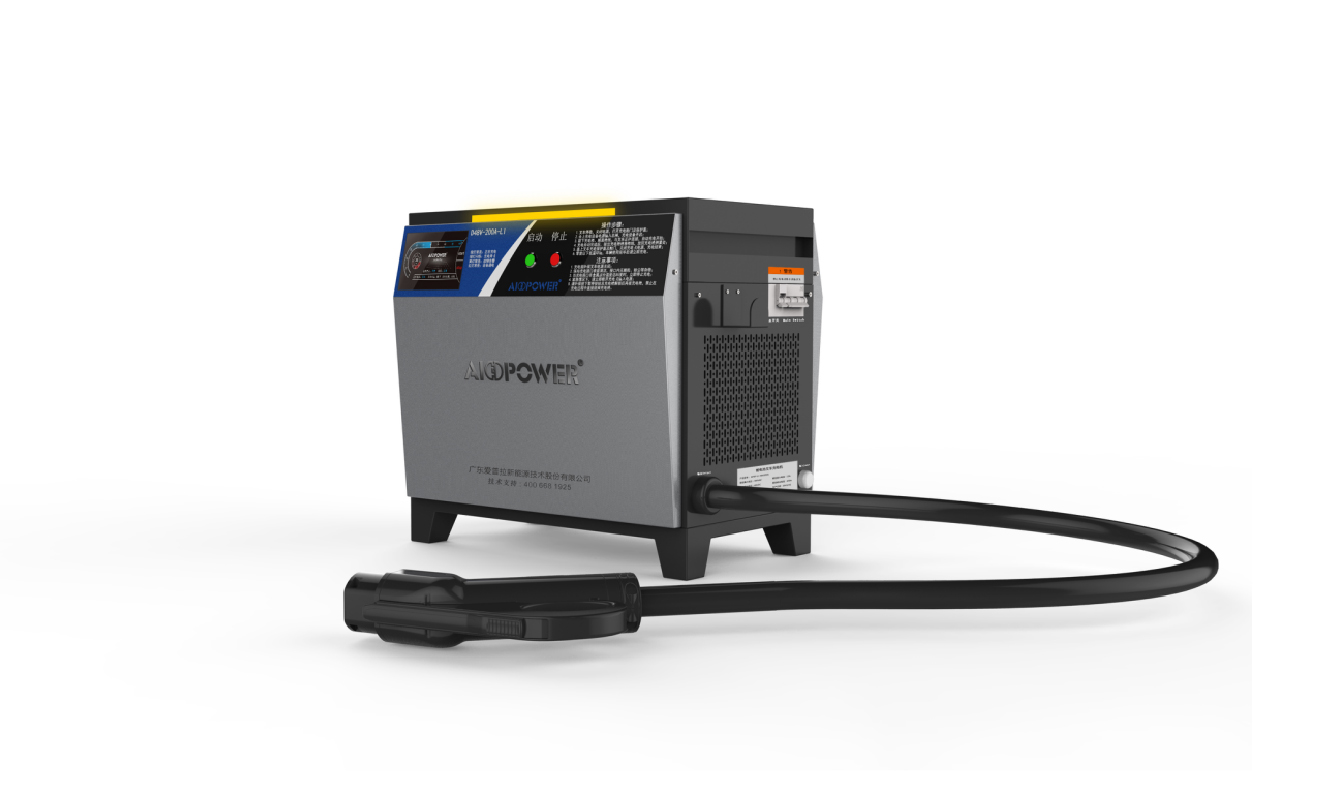For the current new energy lithium electric rechargeable forklifts, extending the life and performance of the battery is an issue that cannot be ignored during the use of lithium electric forklift. Over-charging or under-charging the battery will shorten its service life and also adversely affect its performance.
Here, the "Thousand Ride Power" forklift lithium brand introduces to you in detail the safety precautions that must be observed in forklift battery charger operation and briefly introduces three common battery charging methods, namely traditional charging, opportunity charging and fast charging, hoping to help you in the process of using a forklift with lithium.
I. Safety precautions for charging forklift batteries
When charging forklift lithium batteries, there are many safety precautions that need to be observed. These precautions are essential to ensure the safety of the workers charging the batteries and to prevent damage to the batteries and charging equipment. If workers do not follow the safety precautions, they may seriously injure themselves due to the current or the dangerous chemicals contained in the battery.

A damaged or malfunctioning battery or forklift charger poses a safety hazard not only to individuals but to the entire operation due to the presence of current and flammable toxic chemicals in the battery. In order to increase safety to a greater extent when charging forklift batteries, forklift battery manufacturers recommend observing the following safety precautions.
1、Before the forklift starts charging, the forklift should be firmly parked in a safe position
2、All battery compartment covers must be kept open to eliminate any gas buildup generated during the charging process.
3、In all battery charging areas, it is important to provide adequate washing, cleaning and safety equipment. This includes but is not limited to, eye washers, chemical cleaning kits to prevent chemical spills and fire extinguishers to extinguish any fires caused during the battery charging process.
4. The building where battery charging is to take place must have proper ventilation to ensure that any gases generated during the charging process can be safely dissipated. All battery charging rooms need to be designed and constructed in accordance with Australian Building Code standards to ensure compliance with work safety codes
5. All charging components must be in good working order and connectors must not be damaged or broken. Only properly trained and authorized personnel can charge and replace batteries because they can quickly identify potential problems and are trained in response methods.
6, appropriate personal protective equipment, including face shields, aprons and rubber gloves, must be worn at all times during battery charging to reduce the possibility of injury to eyes or skin from battery acid workers charging batteries must observe the following additional precautions: no smoking, no open flames, no sparks, no cell phones or similar electronic devices, do not use flammable items and metal objects that will produce sparks.

II. Types of forklift battery charging
1、Conventional charging
Regular forklift battery charging is common and straightforward, and the battery is standard charged overnight. Overnight charging usually lasts eight to ten hours, resulting in the battery being charged to 100% capacity. During conventional charging, the battery will heat up and sufficient time needs to be set aside for proper cooling before operating the forklift. Conventional forklift battery charging is suitable for single-shift operations or applications where the forklift can use multiple batteries. Conventional battery charging allows you to maximize battery life, but may not be the best solution for multi-shift operations.
2、Quick Charge
Fast charging is suitable for multi-shift operations where there is no time to recharge the batteries. Fast charging utilizes a higher current and does not reduce the charge rate as traditional chargers do, which allows the battery to be fully charged in half the time of traditional charging to two to four hours. Fast-charging batteries are constructed with heavier load components due to the excessive heat they have to handle, so it is important that the battery and charger size be carefully adjusted based on power consumption studies. Fast-charge batteries must usually be equalized 6 to 8 hours per week to reduce sulfate content.

3, opportunity charging
Opportunity charging is exactly what the name implies, i.e., charging forklift batteries when it is convenient and possible (e.g., during lunch breaks). Similar to traditional charging opportunities, charging helps to reduce forklift downtime to a greater extent and avoids the need to purchase multiple batteries per shift. Opportunity charging is ideal when extended use is required. With today's modern technology, equalization and cooling time periods can be adjusted to less than 8 hours, but the batteries must be carefully monitored to ensure that the charger is not slow to charge the batteries during peak hours.
Next:Frequent charging of electric forklifts is strictly prohibited
Previous:On board charger is best
Contact Person: Miss. Kiki
| WhatsApp : | +8617763224709 |
|---|---|
| Skype : | +8617763224709 |
| WeChat : | +8617763224709 |
| Email : | kiki@lifepo4-battery.com |